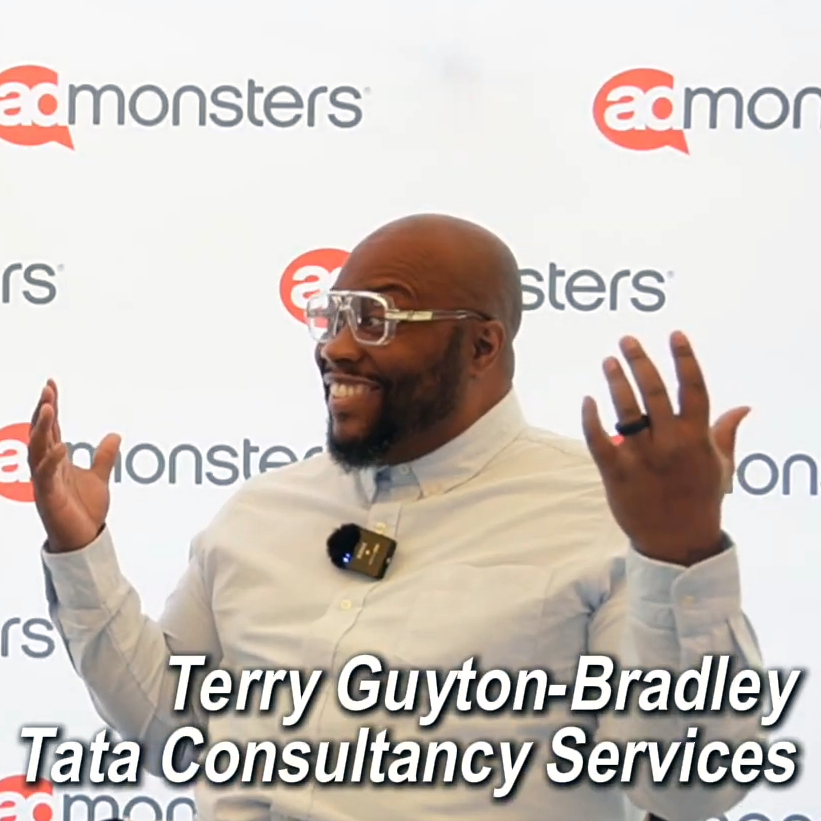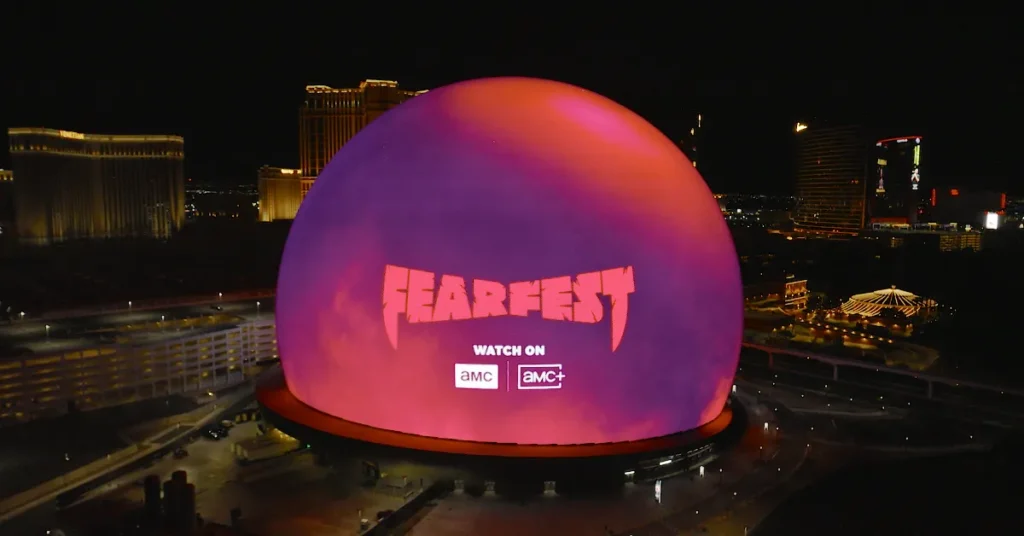New dorm rooms to decorate means busy times—and a heavy email promotional push—for Poster Revolution.
The biggest segment of the website's customer base is the collegiate market, and 18-24 males, says Adam Hersh, founder and CMO of Poster Revolution. Movies is the most popular subject category for the site, although music art and sports are also popular.
"Back to school is huge for us—it's Christmas part one here," says Hersh. The site sees a huge spike in sales in August, followed by a "mini-lull" in September, and then sales pick up at the end of October, rolling right into the holiday crunch.
"Posters are a really easy holiday gift—they're affordable, and let you show the person you know what they're into," he says. "It's an easy way to get someone something they like."
During the back to school sales cycle, students are buying for themselves. The popular product mix shifts around the holidays, as parents begin buying posters as gifts for younger children, like Disney princess or "Cars" posters. The average sale goes up a bit too, as people purchase add-ons like frames as gifts.
While keyword purchasing and affiliate marketing is crucial to customer acquisition efforts, email marketing, enewsletters and social media are the crux of Poster Revolution's retention efforts.
About two months ago, a loyalty program was launched. About 2000 members have signed up so far for Revolution Rewards and the chance to earn points good towards future purchases. Points can also be earned by doing things like browsing the site, tweeting about posters, commenting or sharing things on Facebook.
Using iContact's platform, Poster Revolution sends out multiple enewsletters to about 500,000 subscribers per week, targeting about 20 different customer segments in categories like cars, sports, college and music. Hersh would like to see the segmentation go even deeper, offering newsletters targeted to niche segments like fans of particular sports teams. "We're not as drilled down as we could get or as we want to be, and we do have the customer volume to drill down," he says.
Email is also used to send birthday messaging. Customer requests for things like notifications when a specific poster comes in, and email is used to respond to those inquiries individually.
The majority of the newsletter content is offers, says Hersh, noting that while they have tried in the past to do content about posters, the interest just isn't there. "I've been in the poster business for 10 years and even I don't love posters that much," he laughs. "People sign up for our newsletters because they want to know what's on sale or see the new images of things like Bella and Edward from 'Twilight'."
The enewsletters link to Poster Revolution's Twitter and Facebook presences, where the site takes advantage of the inferred allowance that the customer is open to more frequent touches. "You can communicate on something like Twitter or Facebook 20 times a day if you want and it doesn't seem overwhelming," Hersh notes, adding that the site was one of the initial beta testers for promoted tweets. "Being pop culture based, we really got to ride the trending topics on Twitter."
As for back to school, free shipping is not surprisingly pretty much of a necessity to lure in customers. Incentives like three for the price offers are also popular. A free poster promotion—no strings attached—also performed well in early summer and will likely be tried again this fall.
Jeff Revoy, chief product, marketing and strategy officer, iContact, notes that like every other season, the back-to-school push tends to start earlier and earlier every year. And marketers who don't offer products traditionally tied to back to school still might want to test such promotions, he notes.
"For example, parents might welcome a reminder that now the kids are back to school they could join a gym or start a home remodeling project," he says.



